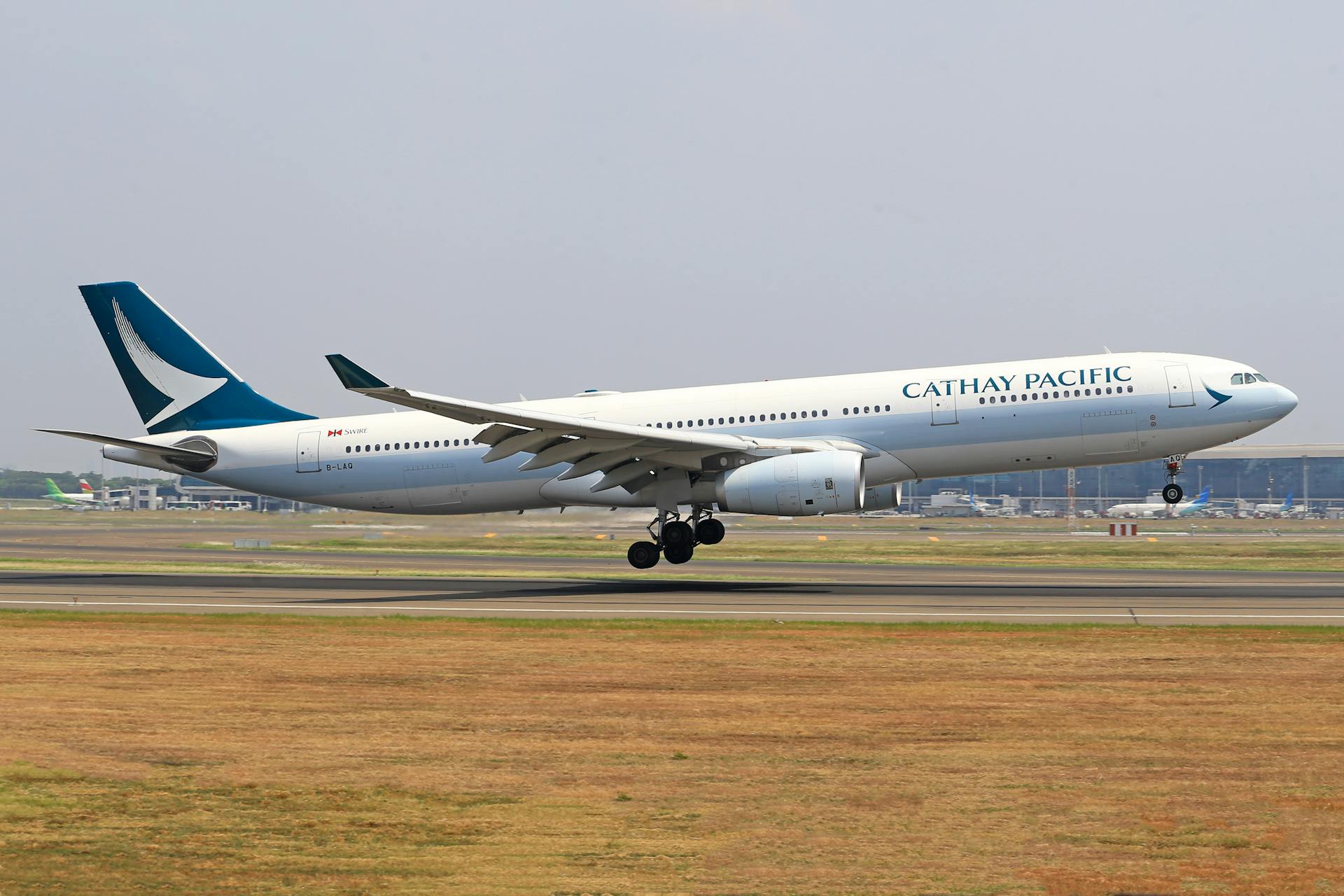The SA Government says that from Tuesday, November 11, the airline will operate three direct flights a week, using a 280-seat Airbus A350-900 aircraft, until March 27, 2026.
Premier Peter Malinauskas says the decision is an affirmation of his state’s attraction for investors.
“The reinstated route is estimated to generate $32 million for South Australia each year, driving appeal to work and travel in our state,” he says.
The government says the return of the service will create $17m in visitor revenue annually and freight exports of $15m.
SA Tourism Minister Zoe Bettison says the decision is “a huge milestone for South Australia’s tourism industry”.
“Cathay Pacific’s direct flights into Adelaide will make South Australia even more attractive for our key Asian market,” she says.
GLOBAL CONNECTION
Trade Minister Joe Szakacs says the return of the flights will better connect South Australia to the world, including Asia.
“The return of this route will provide long-term economic benefits including an increase in high-value exports by plane to Hong Kong, which in the last 12 months exceeded $260m.”
Airport managing director Brenton Cox says the airline first started flying to Adelaide in 1992.
“We anticipate solid inbound passenger numbers on the back of our growing tourism market and strong international education opportunities,” he says.
Cathay Pacific Regional General Manager South West Pacific, Frosti Lau says SA residents will be able to explore Hong Kong and beyond.
“In restarting this service, Cathay Pacific will offer close to 90 return flights per week between Hong Kong and eight destinations across Australia and New Zealand this summer, bringing back all pre-pandemic routes to the region.”
Cathay Pacific halted its Hong Kong-Adelaide service in March 2020 soon after a global pandemic was declared.






